Oct 20, 2022
imagery in literature
What is imagery short story?
Imagery is a literary device used in poetry, novels, and other writing that uses vivid description that appeals to a readers' senses to create an image or idea in their head. Through language, imagery does not only paint a picture, but aims to portray the sensational and emotional experience within text.
What is Sensory Language?
Sensory language refers to the use of words to create a connection to any of the five senses. In literature, sensory writing is used to provide the reader with a vivid image or description of something.
Examples of Sensory Writing
When we talk about sensory language, we're largely talking about adjectives. Adjectives are describing words that give more detail to a noun. Here are some examples of sensory language for each of the five senses:
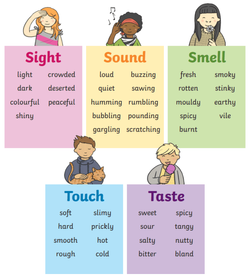
Here are some further examples, where the sensory language is integrated into full sentences. This can give you a great idea of how to use these words in your own writing!
1. She could see the picturesque, deserted beach in the distance. The water sparkled in the sunlight and the sand shimmered with bright shells and shiny pebbles.
2. He could hear the loud, annoying buzz of the bluebottle fly. Frustratingly, it was louder than the soft, tinkling music spilling out of the radio. He switched the channel to some roaring, clanging rock music to try and drown out the sound of the fly.
1. After they had mown the lawn, their garden smelled fresh and earthy. It was very pleasant, mingling with the floral, perfumed scent of the rose bushes - much nicer than the odorous, overpowering smell of fake flowers that was pumped out at work.
2. The tarmac felt hot in the sun, and rough underneath his palms. He couldn't wait to get in between his soft, silky bedsheets at the end of the day.
3. The curry was really spicy, but it also had a lovely sweet tang to it. It might have been too hot on its own, but the cool, minty yoghurt balanced it out.
The Benefits of Sensory Writing
1. Setting
Sensory writing is extremely effective in helping describe places and settings. Not only is it important that the reader has a clear idea of what somewhere looks like, but you can also describe the sounds and smells of a place. Appealing to the reader's sense will be effective in creating a clear image in their mind. It can help them feel like they have been transported to the location that you're writing about. This can really aid their enjoyment of the book, as they will feel like part of the narrative, and really involved in the story.
2. Character
Character descriptions often benefit from the use of sensory language. Sensory language won't just give us an idea of what a character looks, smells or sounds like, but it'll also help to establish their role too. In some literature, sensory language can help indicate whether a character is bad or good.
Sensory writing can also be used to describe a character's actions and feelings. For example, is the character sitting comfortably somewhere? What can they feel where they're sitting? The function of sensory language is to provide a graphic presentation or image that appeal to the senses.
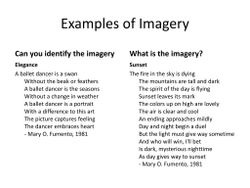

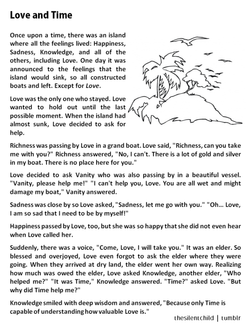
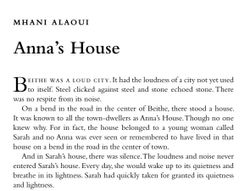
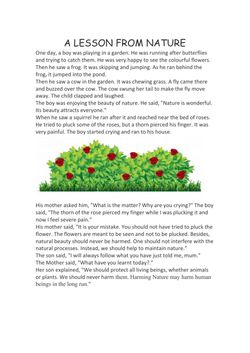
By undefined
12 notes ・ 70 views
English
Upper Intermediate